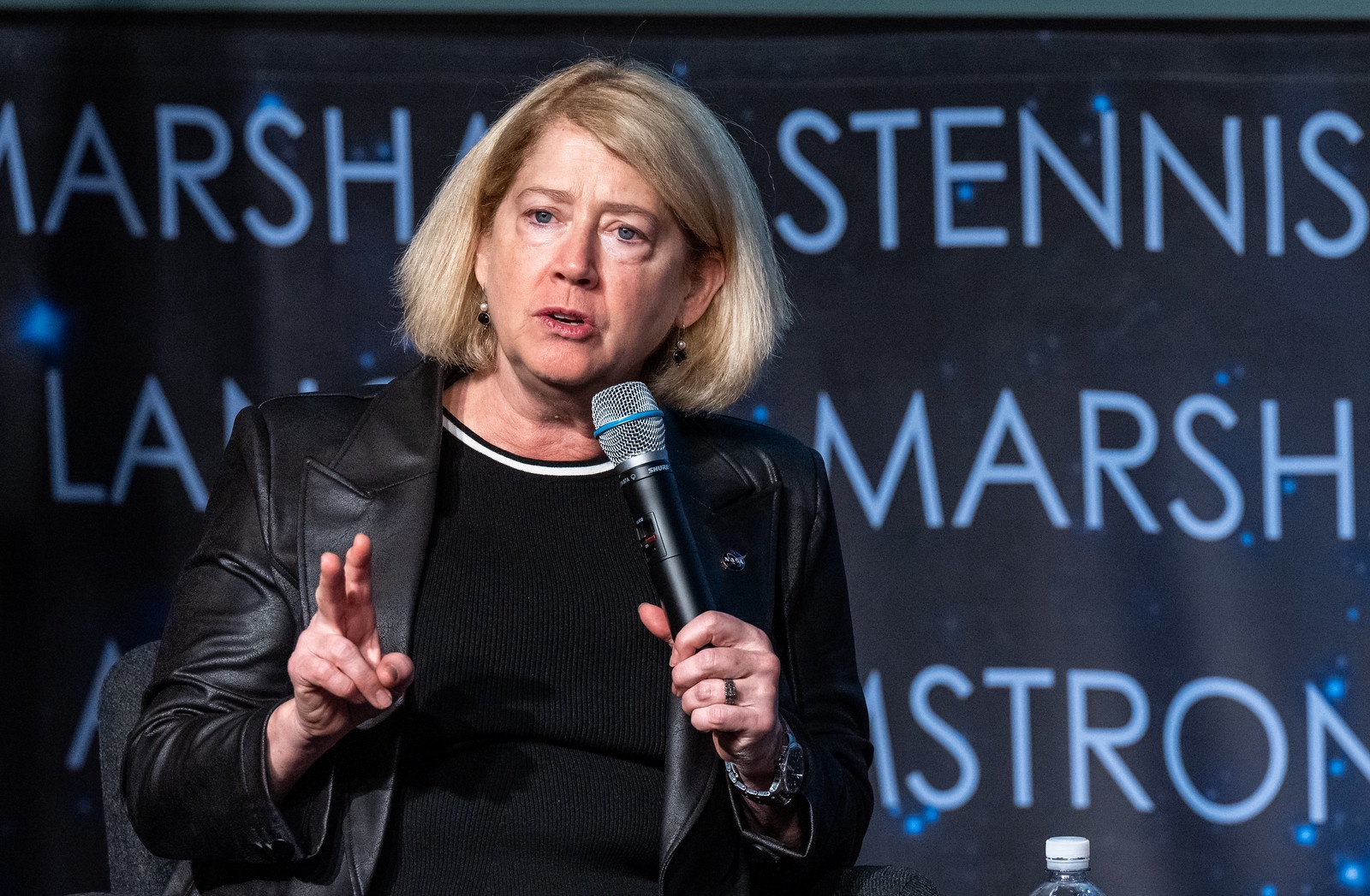WASHINGTON — NASA and congressional officials are still grappling with the implications of a debt-ceiling agreement that enacts spending caps, but acknowledged it likely means the agency will get less money than it requested for 2024.
The Fiscal Responsibility Act of 2023, signed into law by President Biden June 3, suspends the debt ceiling through the end of 2024, allowing the government to continue to borrow money and thus avoiding a fiscal crisis. As part of the agreement to suspend the debt ceiling, the bill caps non-defense discretionary spending at 2023 levels for fiscal year 2024 and increases that cap by 1% for 2025.
How those new spending caps will affect spending for individual agencies remains uncertain, since the cap is not an across-the-board measure. Appropriators will get allocations for each of 12 spending bills, such as the commerce, justice and science bill that includes NASA, and then determine how to distribute that funding among various agencies and departments.
NASA requested $27.185 billion in its fiscal year 2024 budget proposal, a 7% increase over what it received in 2023. That full increase now appears unlikely with the new spending caps.
“We do have to face the reality of the debt limit ceiling agreement and what might happen to our 2024 budget request,” said Pam Melroy, NASA deputy administrator, during a June 7 joint meeting of the National Academies’ Aeronautics and Space Engineering Board and Space Studies Board. “We recognize that it’s unlikely we will get the full request, and we know that’s going to create challenges for us in the future.”
She didn’t discuss specific challenges reduced spending will cause for NASA, but noted the agency will face “some hard decisions this year.”
NASA had already faced some hard choices in the original budget proposal, such as delaying the start of a heliophysics mission, the Geospace Dynamics Constellation (GDC), to accommodate growing costs for Mars Sample Return. Speaking to the Space Studies Board June 8, Nicola Fox, NASA associate administrator for science and former director of the agency’s heliophysics division, which includes GDC, defended the decision to put that mission on hold.
“Yes, it’s disappointing with the constraints that the GDC mission had to be put on hold, but I think it’s consistent with the priorities that were laid out in the decadal,” she said, referring to the most recent heliophysics decadal survey that prioritized research funding and smaller, competed missions.
She said there were no underlying political messages in NASA’s decision to put GDC on hold or cut spending on technology development for the future Habitable Worlds Observatory astrophysics flagship mission while increasing spending on planetary and Earth science.
“It’s easy to focus on what’s not in the budget, but there’s some really good stuff in there, too,” she said. “I don’t think there’s a political message in there. It’s just priorities.”
Ken Bowersox, NASA associate administrator for space operations, told a Space Transportation Association meeting June 8 it was too early to understand how the budget caps might affect his directorate, which supports the International Space Station, commercial cargo and crew, and future commercial space stations.
“Even when you look where we’re at with the caps, it’s still a lot,” he said of the budget. “What we would cut now, I couldn’t tell you.”
The implications of the spending caps are uncertain even in Congress. “What this means for NASA isn’t completely clear yet,” Pamela Whitney, minority staff director on the House Science Committee’s space subcommittee, said at the National Academies meeting June 7. She noted that allocations for individual appropriations bills had not been released yet.
“I think it’s fair to say there will be stress,” she said, such as the ongoing concerns about budgets for science missions. “This will be challenging.”
